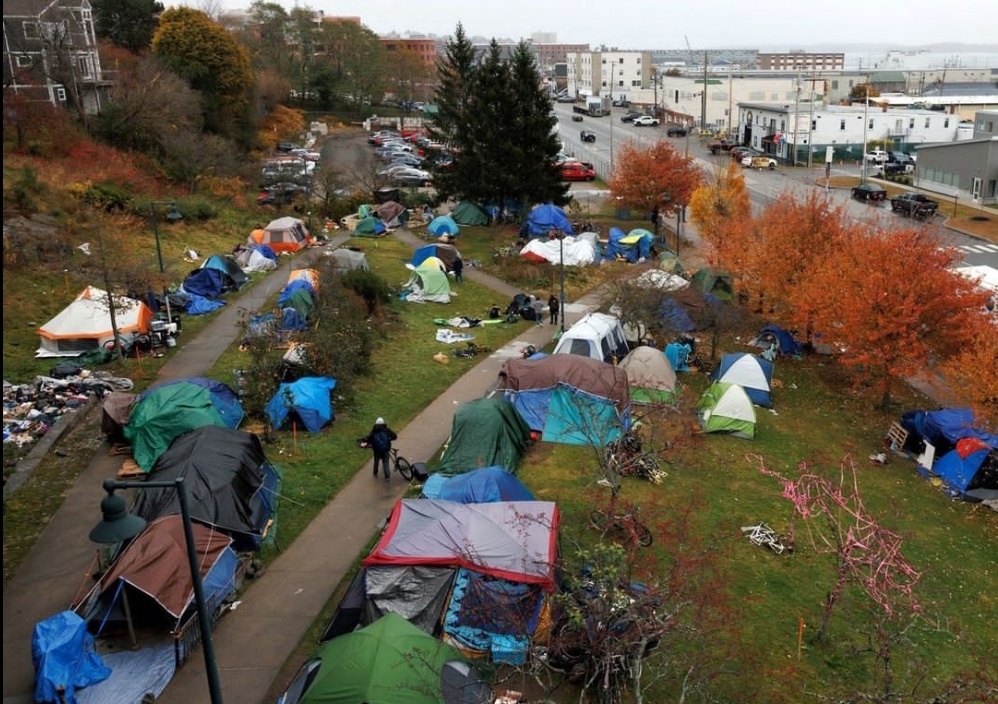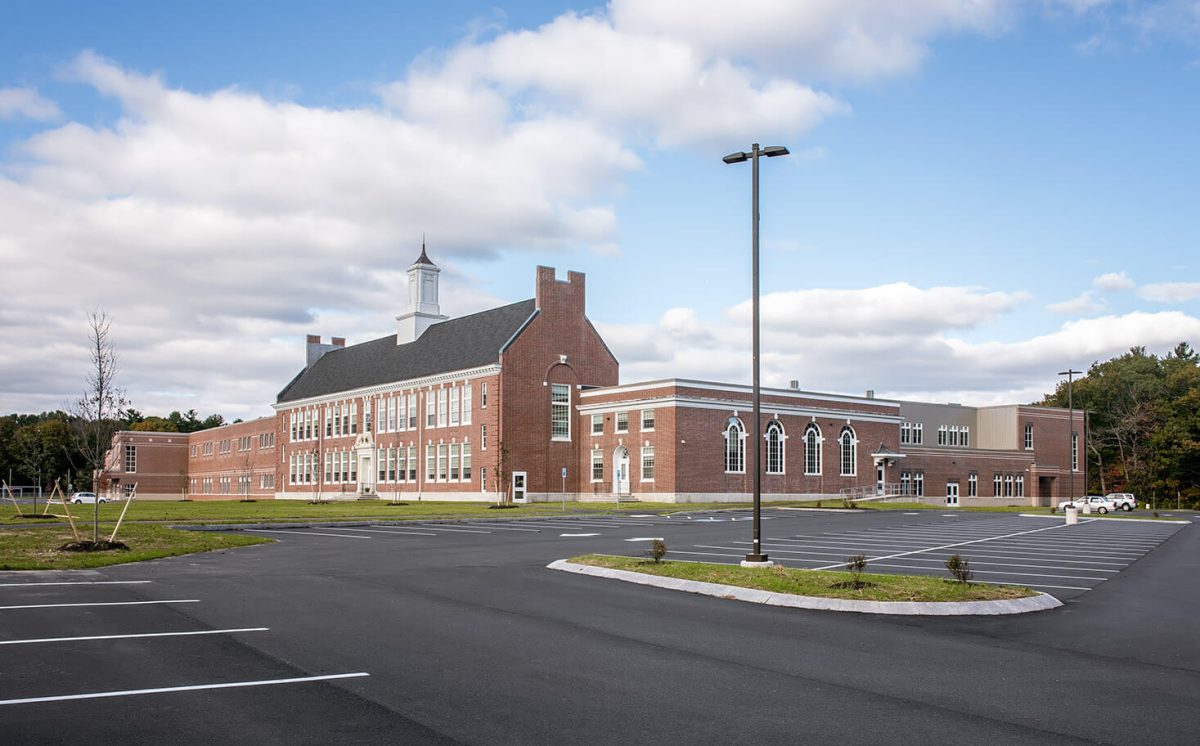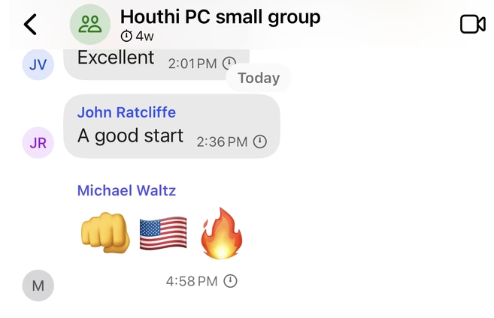In recent years our state has seen a spike in homelessness. This is partially due to immigration, the lack of affordable housing, opioid addiction, and scarce resources for those who are mentally ill. As many of you know, the Portland homeless encampments have recently been cleared, despite protests from many who felt the unhoused population should remain.
As with many controversial topics, there are various ways of looking at this issue. First of all, Portland has made many available places for the homeless to seek shelter, yet people wonder why they may not want to take advantage of a warm bed. Daniel Babgian, a Portland public health outreach advisor, explains, ‘‘People can’t live together with their partners. There’s no pets. It’s hard to be an active user in the shelter. A lot of them don’t want to live in a big room with 20 other people…” These seem to be legitimate reasons that need to be addressed. Prudent changes by shelters seem long overdue.
On the other hand, allowing residents to create encampments on public property creates many problems for the city of Portland, including visitors, residents, and local businesses. As someone who has witnessed both the magnitude and debris from these encampments first hand, it is easy to see why they are not sustainable. Aside from the negative impact on the environment and citizens, the camps themselves are not always safe places. According to Portland city officials, ‘‘In total, there have been 12 deaths outside in campsites in 2023.’’ This past fall, I witnessed a man punch a woman in the face at the row of tents lining the fence of the Trader Joe’s parking lot. Clearly the encampments are not safe, but unfortunately, they are sometimes the only option for homeless who won’t go to shelters.






